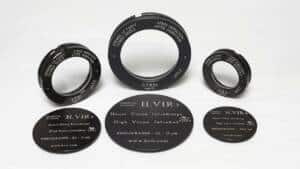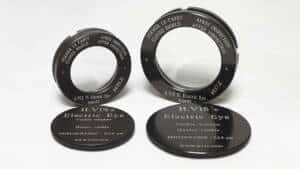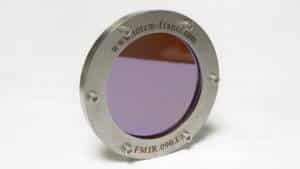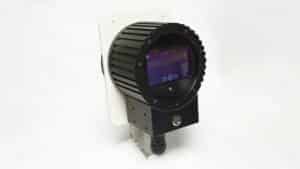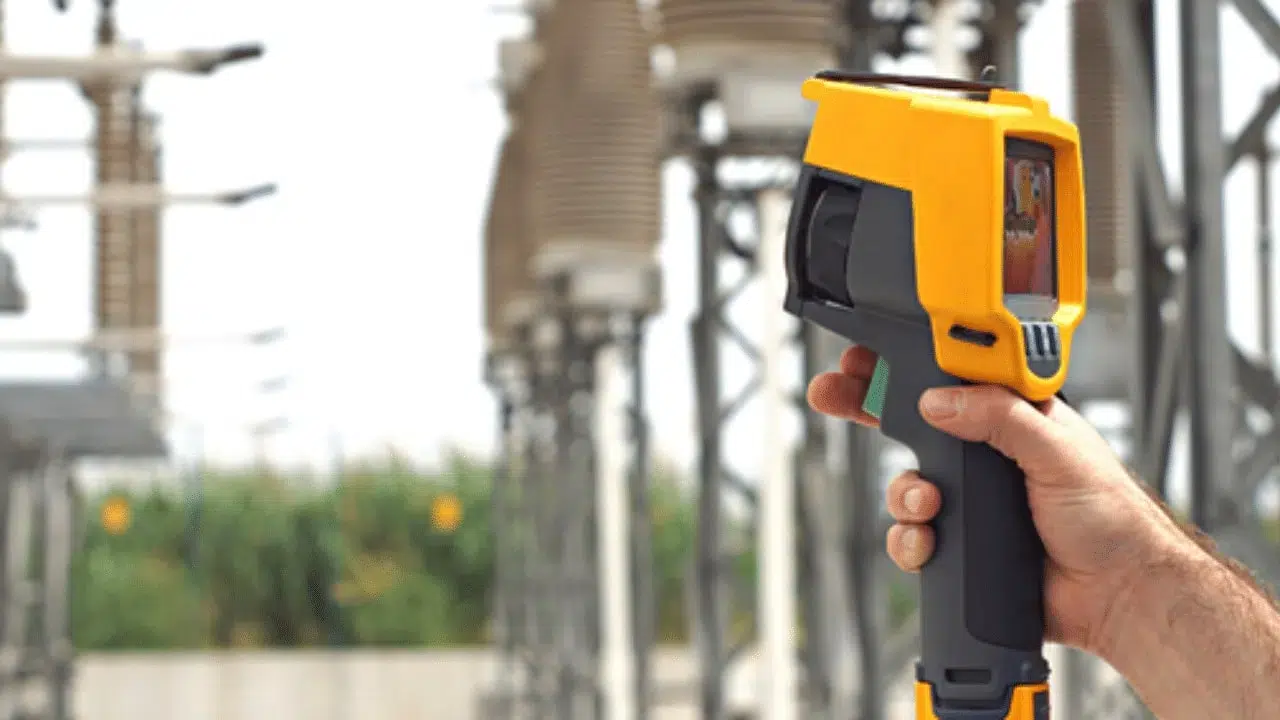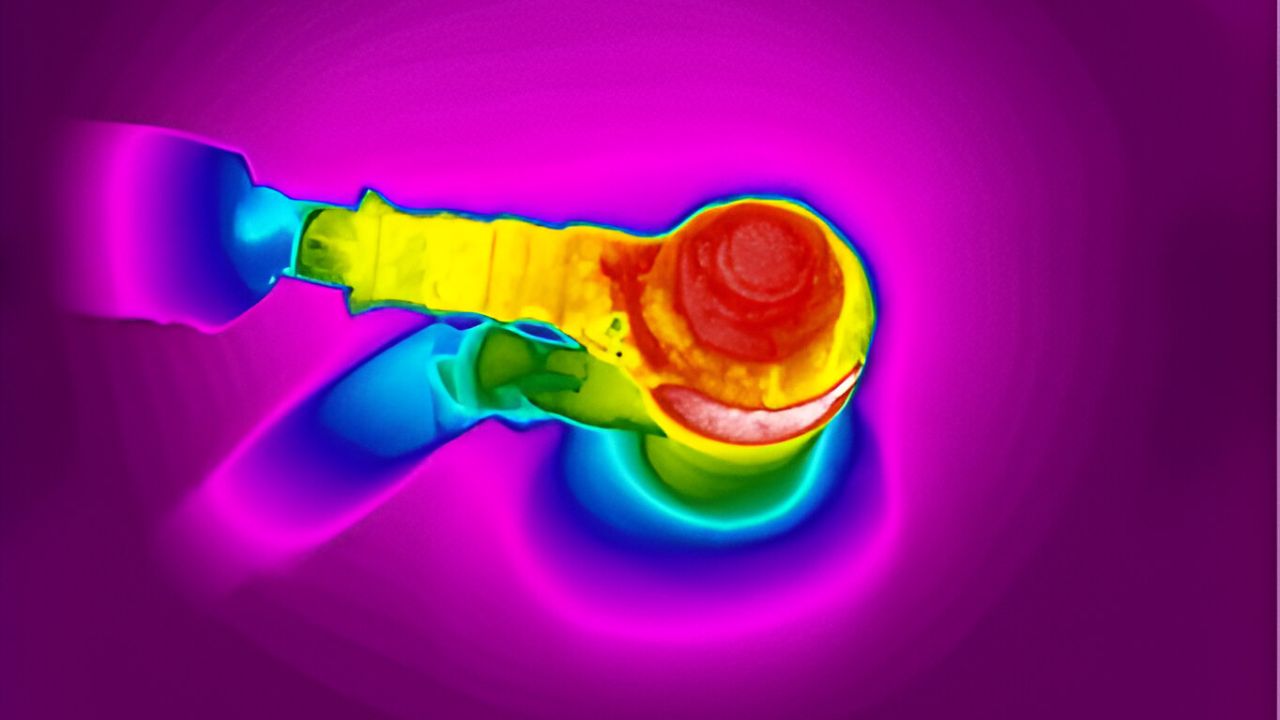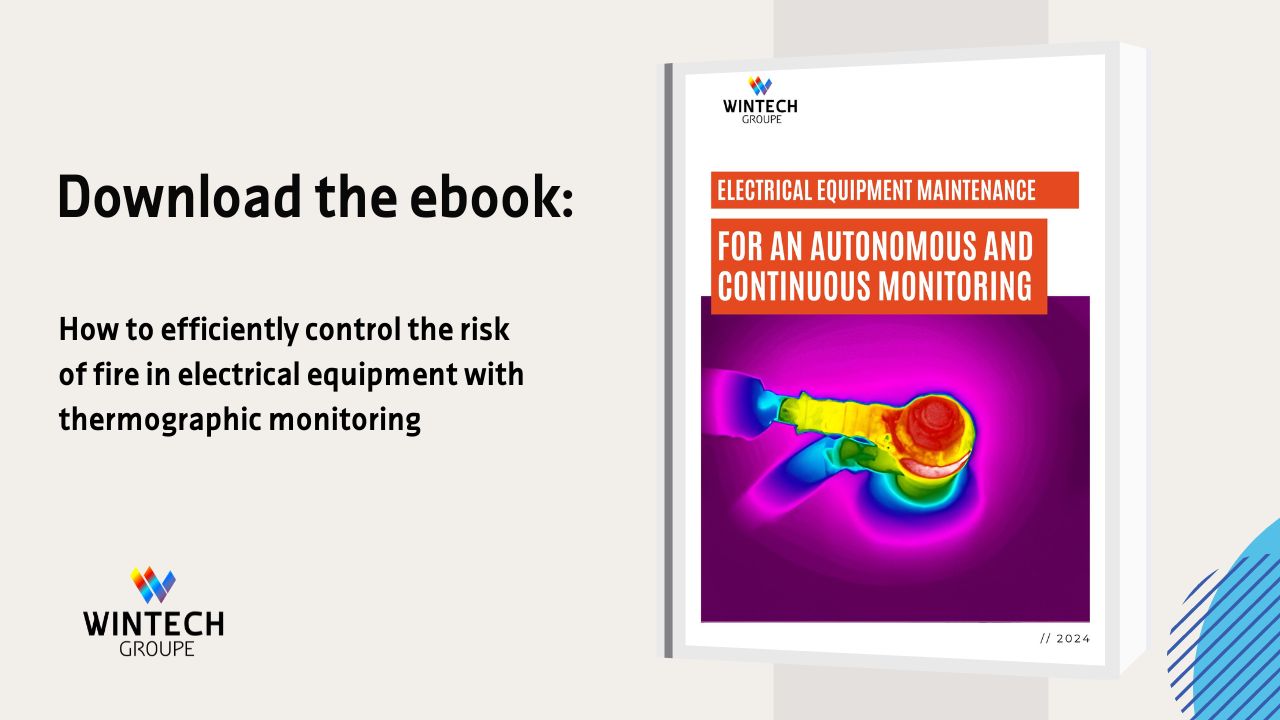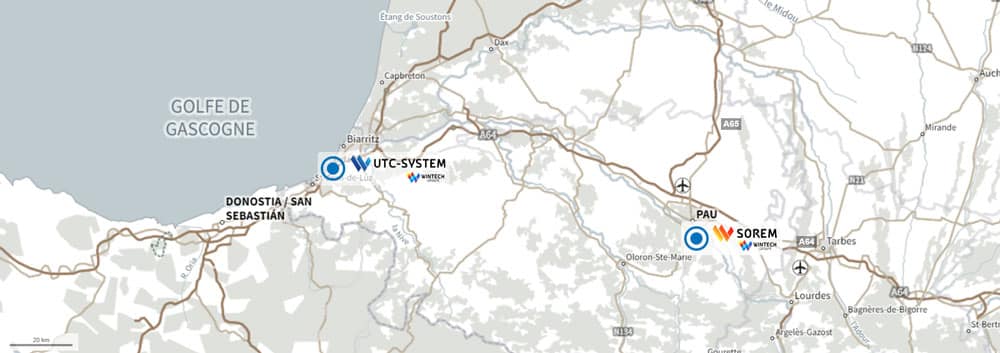How does infrared thermography work?
Infrared thermography is a technique that allows you to obtain a thermal image of a “scene” by means of analyzing the infrared. Indeed, any object whose temperature exceeds the absolute zero (about -273°C or -459°F) emits energy on its surface, in the form of electromagnetic waves. This energy is captured by a thermal camera and converted into temperature by an integrated sensor. The image obtained, called a “thermogram”, helps detect any variation or increase in the level of heating of the controlled equipment. An increase that the human eye cannot detect under normal control conditions.
How can heating of connectors be measured with infrared thermography?
Infrared thermography helps prevention risks associated with high and low voltage electrical equipment. This equipment can be subjected to electric arcs of varying intensity, which can lead to fires or even explosions, possibly resulting in personal injury. Periodic inspection of critical areas by infrared thermography is a recognized effective method of preventing and detecting any potential risk upstream.
There are two ways of performing infrared thermography:
- The first involves opening the faceplates of the high voltage cells in order to obtain direct observation with the bus bars of the electrical equipment. This method has disadvantages and measurement limitations. Firstly, it requires the power supply to the HTA network to be cut off and thus has an impact on the production line(s). In addition, the Plexiglas plates of the faceplate only allow the thermography operator to measure their heat and not the heat of the components inside the electrical equipment. Note also that this transparent material stops wavelengths greater than 1 µm. However, the heat generated by a malfunction related to a connector produces radiation in wavelengths greater than 1 µm.
- The second method involves installing infrared windows specially designed for electrical equipment. This very powerful technology allows infrared wavelengths (0.3 µm to 13 µm) to pass through. The window measures the heat of components with low transmission loss (about 10% maximum).
The H.VIR infrared window for efficient preventive maintenance
The H.VIR® High Vision Infrared window, created and patented by SOREM, a subsidiary of Wintech Group, is used for electrical equipment from low voltage (LV) to high voltage (HV). Designed for preventive maintenance, the H.VIR can be installed both on new equipment and on existing installations (cells, alternators, motors, transformers, bus bars etc). It is the only window in the world to cover the widest infrared spectrum (Bands I to III).
The H.VIR window has many advantages:
- Control performed under normal electrical load conditions
- No pre-inspection operations
- No impact on the equipment inspected
- Immediate detection of any abnormality
- Suitable for all IR cameras
- Designed for internal and external operation
Infrared thermography is a technique that allows you to obtain a thermal image of a “scene” by means of analyzing the infrared. Indeed, any object whose temperature exceeds the absolute zero (about -273°C or -459°F) emits energy on its surface, in the form of electromagnetic waves. This energy is captured by a thermal camera and converted into temperature by an integrated sensor. The image obtained, called a “thermogram”, helps detect any variation or increase in the level of heating of the controlled equipment. An increase that the human eye cannot detect under normal control conditions.
How can heating of connectors be measured with infrared thermography?
Infrared thermography helps prevention risks associated with high and low voltage electrical equipment. This equipment can be subjected to electric arcs of varying intensity, which can lead to fires or even explosions, possibly resulting in personal injury. Periodic inspection of critical areas by infrared thermography is a recognized effective method of preventing and detecting any potential risk upstream.
There are two ways of performing infrared thermography:
- The first involves opening the faceplates of the high voltage cells in order to obtain direct observation with the bus bars of the electrical equipment. This method has disadvantages and measurement limitations. Firstly, it requires the power supply to the HTA network to be cut off and thus has an impact on the production line(s). In addition, the Plexiglas plates of the faceplate only allow the thermography operator to measure their heat and not the heat of the components inside the electrical equipment. Note also that this transparent material stops wavelengths greater than 1 µm. However, the heat generated by a malfunction related to a connector produces radiation in wavelengths greater than 1 µm.
- The second method involves installing infrared windows specially designed for electrical equipment. This very powerful technology allows infrared wavelengths (0.3 µm to 13 µm) to pass through. The window measures the heat of components with low transmission loss (about 10% maximum).
The H.VIR infrared window for efficient preventive maintenance
The H.VIR® High Vision Infrared window, created and patented by SOREM, a subsidiary of Wintech Group, is used for electrical equipment from low voltage (LV) to high voltage (HV). Designed for preventive maintenance, the H.VIR can be installed both on new equipment and on existing installations (cells, alternators, motors, transformers, bus bars etc). It is the only window in the world to cover the widest infrared spectrum (Bands I to III).
The H.VIR window has many advantages:
- Control performed under normal electrical load conditions
- No pre-inspection operations
- No impact on the equipment inspected
- Immediate detection of any abnormality
- Suitable for all IR cameras
- Designed for internal and external operation

